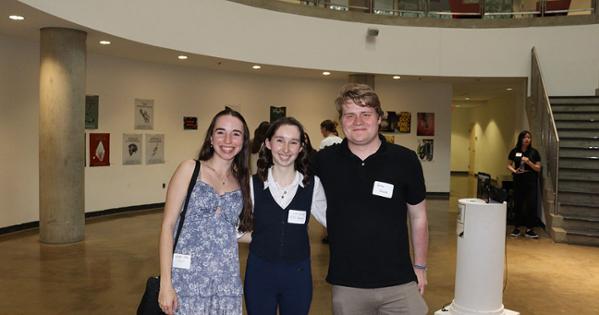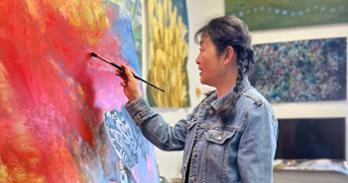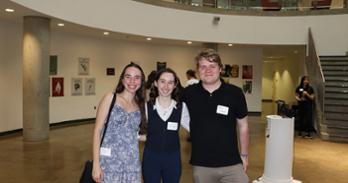
Achievements ·
Top Ten Student Highlights from a Standout CAS Semester
CAS students excelled in research, art, innovation, creativity, and performance
Full Story

Achievements ·
CAS students excelled in research, art, innovation, creativity, and performance
Full Story

Announcement ·
Meet Taraji and Sidney, chosen to speak at American University’s College of Arts and Sciences 2025 commencement
Full Story

Achievements ·
Book inspired by American University history class wins 45th Los Angeles Times Book Prize for Biography
Full Story

Science ·
Jazz, NASA, physics, and Chinese language—twin brothers Ihsan and Zaki Hawkins made the most of their AU experience.
Full Story

Social Sciences ·
Psychology Professor Chris Tripoli explains why doomscrolling is so compulsive, and how we can spend less time doing it
Full Story

Research ·
AU researchers are working in local rivers, tree canopies, caves, and labs to understand and mitigate environmental challenges
Full Story

Arts ·
Opening at the American University Museum on April 19
Full Story

Technology ·
An interview with Mozaik creators Isabelle Ritz, Sophie Carter, and Gray Walsh
Full Story

Achievements ·
American University’s 35th Annual Robyn Rafferty Mathias Student Research Conference was largest-to-date and presented new AI research awards
Full Story

In the Community ·
Nutrition Education Forum unites leaders, alumni, students, and community partners to improve health outcomes in Washington, DC
Full Story